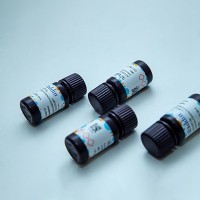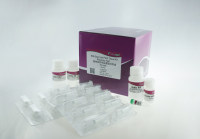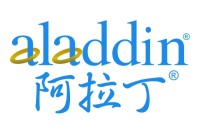解密植物光合作用中的量子纠缠
互联网
近日,美国科学家首次记录并量化了光合作用中的量子纠缠。研究表明,在绿色植物中的光合作用中,量子纠缠是量子力学效应的一种自然属性,量子纠缠能够在一个生物系统中存在并且持续一段时间。相关论文发表在最新一期的《自然·物理学》杂志上。
绿色植物通过光合作用将太阳能转化为化学能,其转化效率接近100%。如此之高效率的关键在于传递速度,光合作用如何完成近乎瞬间的能量转移一直是个谜。
加州大学伯克利分校的化学家格雷汉姆·弗莱明带领的研究团队曾在2009年的《物理化学年鉴》上指出,通过光合作用得到的量子力学效应是绿色植物的一种关键能力,它可以瞬时地将捕光复合物分子中的太阳能传输给光电反应中心的复合物分子,完成能量的转移。
现在,包括弗莱明在内的一个联合研究小组确定,在绿色植物的光合作用中,量子纠缠是量子力学效应的一种自然属性。之前的科学结论认为,量子纠缠是一种非常脆弱的状态,很难得到和维持,而研究人员现在证明,量子纠缠能够在一个生物系统中存在并且持续一段时间。
研究人员在大量FMO复合物(FMO是绿硫细菌的一个分子聚合物,被认为是研究光合能量传递的模式分子)中发现了量子纠缠存在的证据,这些纠缠的持续时间一般为几皮秒(1皮秒=10-12秒),并会持续穿过大约30埃(1埃=10-10米,相当于一个氢原子的直径)的距离,直到激发能被反应中心捕捉到。这是科学家首次在真正的生物系统中捕获和量化量子纠缠。
研究人员表示,这个持续时间很长的、非平衡的纠缠也会出现在如紫色光合细菌LH1和LH2等更大的捕光化合物中;而更大的捕光化合物也能够制造和支持更多的激发能来获得更多样的纠缠状态。
该研究团队还发现,量子纠缠持续地存在于离散的捕光复合物的分子之间,而且温度对纠缠程度的影响微乎其微。在量子信息领域,温度通常被认为对纠缠等量子特性非常不利,但是,在诸如捕光化合物的系统中,量子纠缠或可免受温度升高带来的影响。
该研究团队最终的目的是要更好地理解自然界是如何在分子系统间传递能量,以及是如何将此能量转化为可利用形式的。科学家表示,从一个分子向另一个分子传递能量的光合技术是大自然最令人神迷的才能之一。如果我们能够学着模拟这个过程,就能够实现人造光合作用,从而有效地把太阳能转化为清洁、高效、可持续且碳中性的能源。
点击此处了解更多
Quantum entanglement in photosynthetic light-harvesting complexes
Mohan Sarovar 1,2, Akihito Ishizaki 2,3, Graham R. Fleming 2,3 & K. Birgitta Whaley 1,2
【Abstract】Light-harvesting components of photosynthetic organisms are complex, coupled, many-body quantum systems, in which electronic coherence has recently been shown to survive for relatively long timescales, despite the decohering effects of their environments. Here, we analyse entanglement in multichromophoric light-harvesting complexes, and establish methods for quantification of entanglement by describing necessary and sufficient conditions for entanglement and by deriving a measure of global entanglement. These methods are then applied to the Fenna–Matthews–Olson protein to extract the initial state and temperature dependencies of entanglement. We show that, although the Fenna–Matthews–Olson protein in natural conditions largely contains bipartite entanglement between dimerized chromophores, a small amount of long-range and multipartite entanglement should exist even at physiological temperatures. This constitutes the first rigorous quantification of entanglement in a biological system. Finally, we discuss the practical use of entanglement in densely packed molecular aggregates such as light-harvesting complexes.
1 . Berkeley Center for Quantum Information and Computation, Berkeley, California 94720, USA
2 . Department of Chemistry, University of California, Berkeley, California 94720, USA
3 . Physical Bioscience Division, Lawrence Berkeley National Laboratory, Berkeley, California 94720, USA







